A Python Æsthetic
Why Do I Write Python?
Why is python beautiful?
Because of us
- Language design
- Coding practices
Why math and typesetting?
First, a meta-question
- My obligation stack
- The code’s visual layout
The Stack
x =
^
- (Obligation "stack" is empty)
I type an open-paren
x = canvas.drawString(
^
- Owe a close paren
And another
x = canvas.drawString(margin + (
^
- Owe a close paren
- Owe another close paren
I open a bracket
x = canvas.drawString(margin + (indent[
^
- Owe a close paren
- Owe another close paren
- Owe a close bracket
And close it again
x = canvas.drawString(margin + (indent[LEFT] / 2
^
- Owe a close paren
- Owe another close paren
(And so forth)
My solution?
Keep the obligation stack short!
x = canvas.drawString(margin + (indent[ ]))
^
Fight the Stack!
- Add that import now
- Stub out functions now
- Keep short-term TODOs
- Runs now with print
- Do not try to remember anything!
So
Python and Language Design
My story, in brief:
BASIC → C → awk → Python
(Plus: 6809 assembly and machine code, nroff, TeX, Basic09, sed, LISP, Smalltalk, C++, C#, Java, Scheme, JavaScript)
Honorable Mention
Modula-3 → Java, Python
- Interfaces
- Exceptions
- Objects
- Import
Python is not radical
C++
// sgp4fix for afspc written intrinsic functions
// nodep used without a trigonometric function ahead
if ((nodep < 0.0) && (opsmode == 'a'))
nodep = nodep + twopi;
xls = mp + argpp + cosip * nodep;
dls = pl + pgh - pinc * nodep * sinip;
xls = xls + dls;
xnoh = nodep;
nodep = atan2(alfdp, betdp);
Python
# sgp4fix for afspc written intrinsic functions
# nodep used without a trigonometric function ahead
if nodep < 0.0 and opsmode == 'a':
nodep = nodep + twopi;
xls = mp + argpp + cosip * nodep;
dls = pl + pgh - pinc * nodep * sinip;
xls = xls + dls;
xnoh = nodep;
nodep = atan2(alfdp, betdp);
<Personal Aside>
Q:
xnodce = fmod(4.5236020 - 9.2422029e-4 * day, twopi);
stem = sin(xnodce);
ctem = cos(xnodce);
zcosil = 0.91375164 - 0.03568096 * ctem;
zsinil = sqrt(1.0 - zcosil * zcosil);
A:
- Windows installation: hard
- Visual Studio Express: no
- Amateur astronomers: not coders
Thus
extension modules → pain
Rewrite PyEphem in pure Python!
Each piece is as independent package
These pure-Python modules...
- Work in both Python 2 and 3
- Require no C extensions
- Use NumPy if available
And — what about performance?

PyPy > Python + C
</Personal Aside>
xls = xls + dls;
xnoh = nodep;
nodep = atan2(alfdp, betdp);
Because of math
Let me start with a complaint
print foo
print dir(foo)
print foo.bar
print len(foo.bar)
print foo.bar[1]
print dir(foo.bar[1])
print foo.bar[1].baz
3 popular approaches
- jQuery
- Unix shell
- LISP
$('div').parent().find('h1')
.attr('data-level', '1')
.css('display', 'block')
print foo
print foo.dir()
print foo.bar
print foo.bar.len()
print foo.bar[1]
print foo.bar[1]
print foo.bar[1].baz
foo.add(bar)
bar.add(foo)
Unix Pipline
cat log |
grep 'Connection error' |
awk '{print $2}' |
sort |
uniq -c
inputfile sort paginate printerfile
<Historial Aside>
tr -cs A-Za-z '\n' |
tr A-Z a-z |
sort |
uniq -c |
sort -rn |
sed ${1}q
</Historial Aside>
LISP
Another kind of consistency
a + b + c
not LISP
f(a)
not LISP
(+ a b c)
(f a b c)
(* (+ a b) m)
(output (concat page1 page2) printer)
What order?
(list (nth 0 ad-return-value) ;; original word
(nth 1 ad-return-value) ;; offset in file
(remove-if 'contains-space-p
(nth 2 ad-return-value))
(remove-if 'contains-space-p
(nth 3 ad-return-value))
))))
one syntax to rule them all
↘
x + y
↘
x + y + z
↙ ↘
ln(x + y + z)
Negation?
↙
- ln(x + y + z)
Lesson
- Prefix operators
- Infix operators
- Functions
- Prefix operator -z
- Binary operator x + y
- Wrap in callable f(x, y)
- Attribute/method f.bar
Order of Operations
a + b * c
b * c + a
a + b*c
a + (b * c)
a.b() + c[d]
Another math advantage
Context Freedom
(a -b) # Python - one possible meaning
(a -b) # Ruby - two possible meanings
Intermediate results
a = (3 * 4) + 5
# is ALWAYS equivalent to
t = (3 * 4)
a = t + 5
a = spreadsheet.compute('D4')
c = spreadsheet.compute # attr lookup
c('D4') # invoke callable
# Python is so awesome
draw = canvas.drawString
draw(60, 120, 'A rose is a rose.')
Aaaaah, consistency!
Please Remember
import piano
piano.Bench() # yes!
import piano
piano.PianoBench() # no!
PEP-8
class Logger
class Handler
class Filter
class LogRecord
import json
json.loads(...)
json.dumps(...)
# not json_load() or jdump()
So,
Import Loops
- Module a needs something
- From module b which tries
- To import something from a
anyway
Typesetting!
Confession:
So what do I do?
Behold the majesty!
Confession:
Recent discovery
Quiz
Three words
OFF MY LAWN
anyway
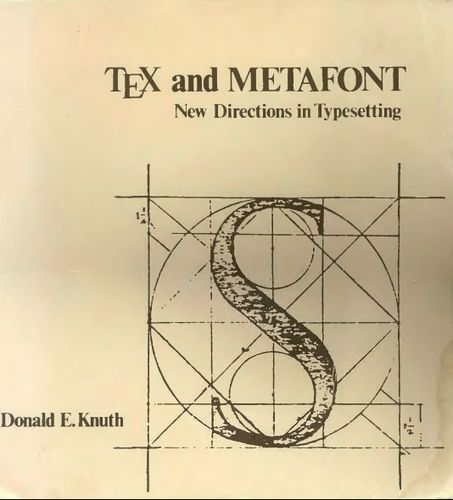
Motivation
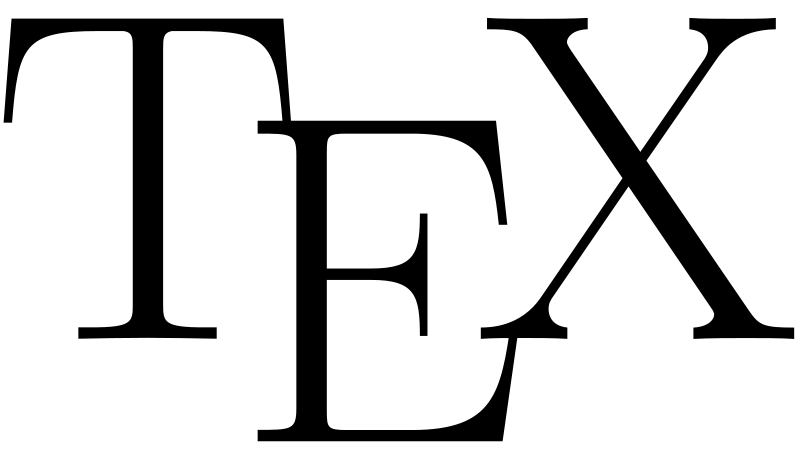
“…why don’t you make it S-shaped?”
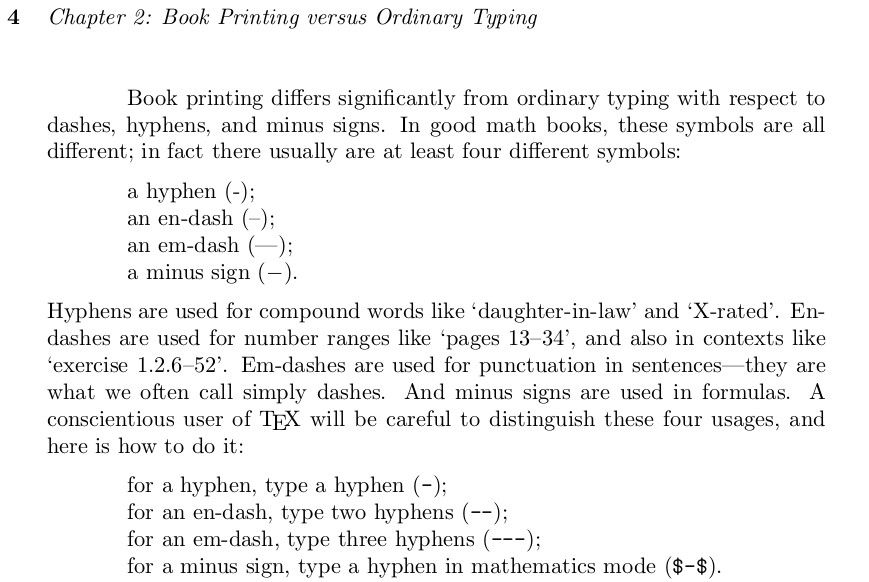
\ddangerexercise Since \TeX\ reads an entire
paragraph before it makes any decisions about line
breaks, the computer's memory capacity might
^^{capacity exceeded} be exceeded if you are
typesetting the works of some ^^{Joyce, James}
^{philosopher} or modernistic novelist who writes
200-line paragraphs. Suggest a way to cope with such
authors.
\answer Assuming that the author is deceased and/or
set in his or her ways, the remedy is to insert
`|{\parfillskip=0pt\par\parskip=0pt\noindent}|'
in random places, after each 50 lines or so of]
text. \ (Every space between words is usually a
feasible breakpoint, when you get sufficiently
far from the beginning of a paragraph.)
A tempting definition—
“TeX”
<Personal Aside>
python-bookbinding
</Personal Aside>
So
Typesetting. Knuth.
But:
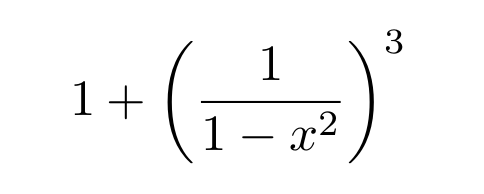
$$ 1 + \left( 1 \over 1 - x^2 \right)^3 $$

PEP-8
Example
45–75 characters
canvas.drawString(x, y,
'Please press {}'.format(key))
message = 'Please press {}'.format(key)
canvas.drawString(x, y, message)
Naming intermediate values
message = 'Please press {}'.format(key)
canvas.drawString(x, y, message)
- Removes ugly hanging indent
- Provides extra documentation
widget.reset(True) # forces re-draw
yes_force_redraw = True
widget.reset(yes_force_redraw)
...
# Open the barn
barn = models.Barn.get()
barn.unlock()
barn.open()
# Saddle the horse
...
...
open_barn()
saddle_horse()
...
def open_barn():
barn = models.Barn.get()
barn.unlock()
barn.open()
# React if window too tall
if win.x1 - win.x0 > vp.h:
...
too_tall = (win.x1 - win.x0) > vp.h
if too_tall:
...
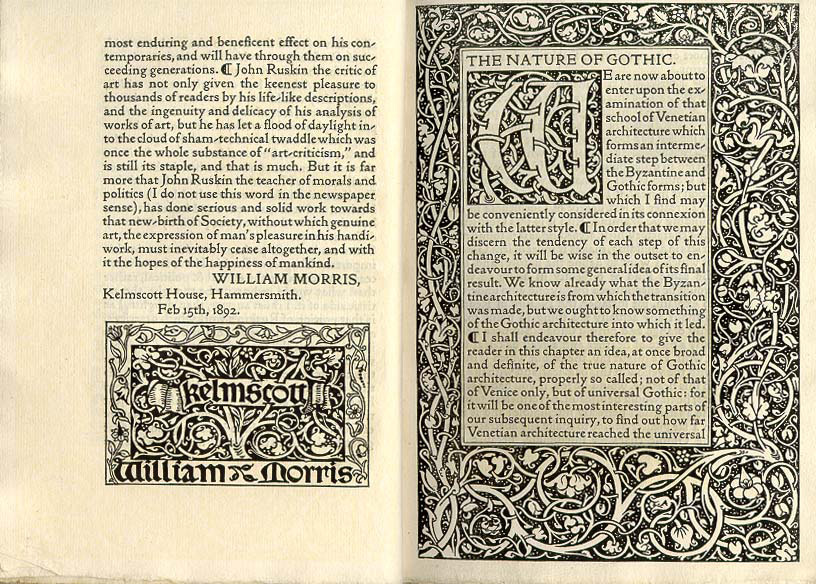
# Yes:
x = 1
y = 2
long_variable = 3
# No:
x = 1
y = 2
long_variable = 3
My indentation settings
- Python: 4 spaces
- JavaScript: 4 spaces
- Others: Emacs default
- HTML: 2 spaces
#1 Use continue
for item in sequence:
if is_valid(item):
if not is_inconsequential(item):
item.do_something()
for item in sequence:
if not is_valid(item):
continue
if is_inconsequential(item):
continue
item.do_something()
#2 Factor out a new method
def mymethod(self):
for item in sequence:
if item.is_good():
for widget in item:
...
def mymethod(self):
for item in sequence:
if item.is_good():
for widget in item:
self.finalize(widget)
def finalize(self, widget): ...
Look again:
def mymethod(self):
for item in sequence:
if item.is_good():
self.finalize_widgets(item)
def finalize_widgets(self, item):
for widget in item:
widget.close()
#3 Split out a function
def mymethod(self):
for item in self.sequence:
if item.is_good():
_finalize_widgets(item)
def _finalize_widgets(item):
for widget in item:
widget.close()
(Flask, Bottle followed later)
#4 Factor out an iterator
for item in sequence:
for widget in item:
for bitmap in widget:
for pixel in bitmap:
pixel.align()
pixel.darken()
pixel.draw()
def widget_pixels(sequence):
for item in sequence:
for widget in item:
for bitmap in widget:
for pixel in bitmap:
yield pixel
for pixel in widget_pixels(sequence):
pixel.align()
pixel.darken()
pixel.draw()
Large function calls
foo = long_function_name(var_one, var_two,
var_three, var_four)
Stage 1: brevity
asymtotic_reduction(arg1, arg2)
Stage 2: >80 columns
asymtotic_reduction(arg1, arg2,
arg3, arg4)
Stage 3: leftward collapse
asymtotic_reduction(arg1, arg2,
arg3, arg4,
arg5)
asymtotic_reduction(arg1, arg2,
arg3, arg4, arg5)
Stage 4: argument ballooning
asymtotic_reduction(arg1, arg2,
die_on_error=arg3, heigth=arg4,
width=arg5 / 2.0 + COLUMN_WIDTH)
Stage 5: an argument-per-line
asymtotic_reduction(
x=arg1,
y=arg2,
die_on_error=arg3,
height=arg4,
width=arg5 / 2.0 + COLUMN_WIDTH,
)
Argument-per-line is AWESOME
asymtotic_reduction(
die_on_error=arg3,
height=arg4,
width=arg5 / 2.0 + COLUMN_WIDTH,
)
Example
Pascal statements are “highly coupled”
x := sin(a);
y := cos(a)
End;
↓
x := sin(a);
y := cos(a); # CHANGED
z := tan(a) # NEW
End;
C langauge
int biglist[] = {
112,
223
};
↓
int biglist[] = {
112,
223, # CHANGE
334 # NEW
};
Python always gets this right
Because Python is awesome
big_tuple = (
12,
23,
)
big_list = [
34,
45,
]
big_dict = {
'one': 1,
'two': 2,
}
So option #5 argument-per-line makes VC happy:
asymtotic_reduction(
x=arg1,
y=arg2,
die_on_error=arg3,
height=arg4,
width=arg5 / 2.0 + COLUMN_WIDTH,
)
canvas.drawString(x + margin, y - line_height,
'The Naming of Cats')

Should PEP-8 continue evolving?
Probably not
So
But
+ - * /
PEP-8
if (width == 0 and height == 0 and
color == 'red' and emphasis == 'strong' or
highlight > 100):

KNUTH

Knuth = typesetting + math
So
Laying down the law
PEP-8: bad
adjusted_income = (gross_wages +
taxable_interest +
(dividends - qualified_dividends) -
ira_deduction -
student_loan_interest)
adjusted_income = (gross_wages +
taxable_interest +
(dividends - qualified_dividends) -
ira_deduction -
student_loan_interest)
- Eye bounce back and forth
- Operators difficult to find
Knuth, instead of PEP-8
adjusted_income = (gross_wages
+ taxable_interest
+ (dividends - qualified_dividends)
- ira_deduction
- student_loan_interest)
- Much easier to read
- Symmetry between terms
- Subtracted terms look negative
So
What about method chains?
# UGH BAD HURTS MY EYES
query = Person.filter(last_name='Smith') \
.order_by('social_security_number') \
.select_related('spouse')
Option #1
Close each method on next line
query = Person.filter(last_name='Smith'
).order_by('social_security_number'
).select_related('spouse')
Option #2
Use outer parens, period ends line
query = (Person.
filter(last_name='Smith').
order_by('social_security_number').
select_related('spouse')
)
Option #3
Use outer parens, period begins line
query = (Person
.filter(last_name='Smith')
.order_by('social_security_number')
.select_related('spouse')
)
This option #3 is my favorite
query = (Person.
.filter(last_name='Smith')
.order_by('social_security_number')
.select_related('spouse')
)
q = Person.filter(last_name='Smith')
q = q.order_by('social_security_number')
q = q.select_related('spouse')
anyway
So
Your Homework
- Re-read PEP-8
- “Linux kernel coding style”
- Tell me refactoring stories
- Ask for drive-by code review
Thank you!